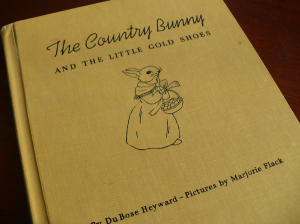 I’ve carried a copy of The Country Bunny with me ever since Mum and Ted, my stepfather, picked me up from Grandma and Grandpa’s in Eganville in 1956 to move me to Toronto.
I’ve carried a copy of The Country Bunny with me ever since Mum and Ted, my stepfather, picked me up from Grandma and Grandpa’s in Eganville in 1956 to move me to Toronto.
My Great Aunt Cec (pronounced “cease”), gave me several books during my childhood and this one is my favourite. The story reflects some of my own life because my mother also went out to work – in another city when I was very young.
In the story, Grandfather Bunny chooses which rabbit will deliver the eggs to all the girls and boys that particular year. At the Palace of Easter Eggs, he chooses a brown cottontail rabbit who is mother to twenty-one little bunnies at home. She does have a husband but the focus of the book is on Mother Cottontail.
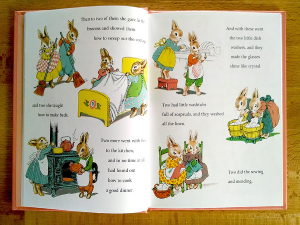 Mother Cottontail assigns jobs to all her little bunnies so the household will run smoothly while she is away. She is given a very special egg to deliver to a sick boy and for that special task she wears golden boots to help her reach his home on a mountain top. The egg is a large one with a scene inside. All through my childhood I wanted to see an egg like that.
Mother Cottontail assigns jobs to all her little bunnies so the household will run smoothly while she is away. She is given a very special egg to deliver to a sick boy and for that special task she wears golden boots to help her reach his home on a mountain top. The egg is a large one with a scene inside. All through my childhood I wanted to see an egg like that.
In 2014, a 75th anniversary edition of The Country Bunny was published. I sent a copy of that particular edition to my granddaughter Briar for Easter this year. Now my daughter Emily will read the story to Briar and I wonder what questions she’ll have or if she’ll be like me and think: of course the Easter bunny is a girl!
The cover of the book doesn’t mention DuBose Heyward’s first name. It was Edwin. He was born in Charleston in 1885 and died in 1940. He told The Country Bunny story to his daughter Jenifer, hence the book says “as told to Jenifer.” Jenifer DuBose Heyward was born in 1930 in New York and became a sculptor, actress and member of the Ballet Russe de Monte Carlo. She died in 1984.
Edwin DuBose Heyward was best known for his 1925 novel Porgy. It was the basis for the play Porgy which he co-authored with his wife Dorothy. Porgy became the opera Porgy and Bess with music by George Gershwin. The poet and playwright Langston Hughes said Heyward was one who saw “with his white eyes, wonderful, poetic qualities in the inhabitants of Catfish Row that makes them come alive.”
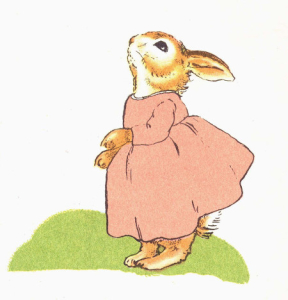 Interesting that Edwin would choose a brown cottontail who said she would become the Easter Bunny and all the big white rabbits said it would never happen. Also, Edwin was ill as a child and contracted polio when he was eighteen. He later had typhoid fever and pleurisy. At the age of fourteen, he dropped out of school but in his sickbed would write verses and stories.
Interesting that Edwin would choose a brown cottontail who said she would become the Easter Bunny and all the big white rabbits said it would never happen. Also, Edwin was ill as a child and contracted polio when he was eighteen. He later had typhoid fever and pleurisy. At the age of fourteen, he dropped out of school but in his sickbed would write verses and stories.
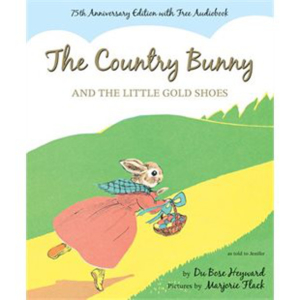 One day I’ll let Briar know that the Easter story started a long time ago and the hare or rabbit is a symbol of regeneration and rebirth. The eggs are too and the goddess who gave her name to Easter was Eostar, Eostre, or Ostara, a Germanic goddess of fertility and spring.
One day I’ll let Briar know that the Easter story started a long time ago and the hare or rabbit is a symbol of regeneration and rebirth. The eggs are too and the goddess who gave her name to Easter was Eostar, Eostre, or Ostara, a Germanic goddess of fertility and spring.

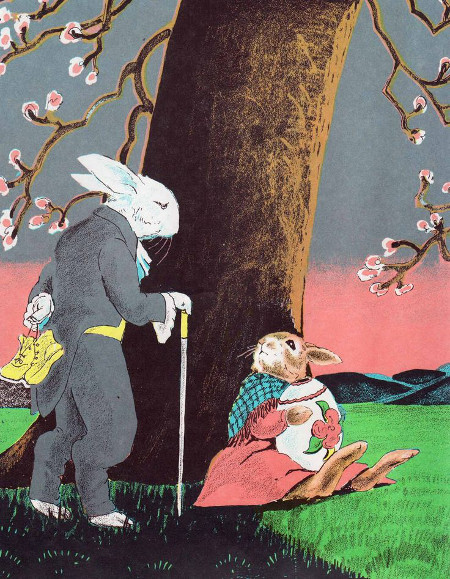
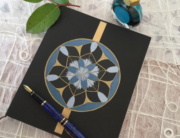

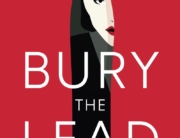
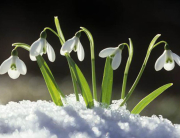

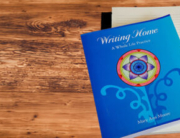

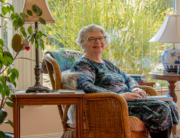
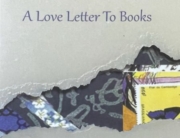

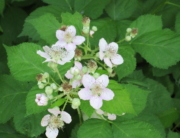
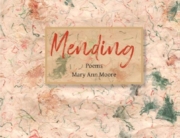
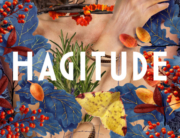
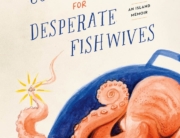
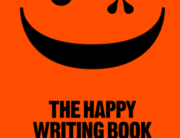

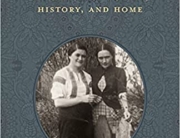
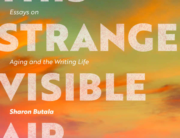
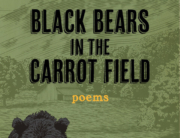
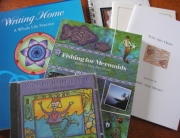
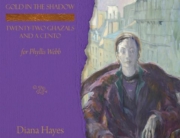
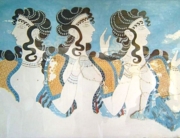

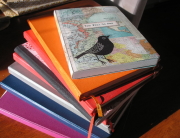

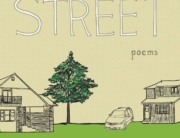
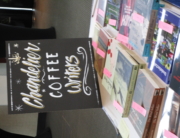
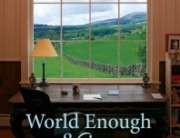
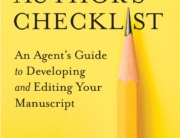
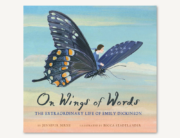
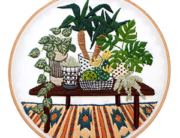
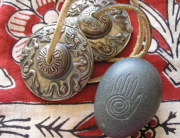
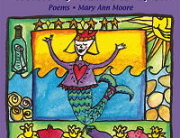
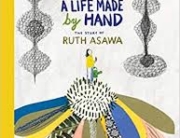
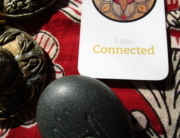
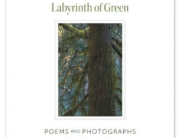
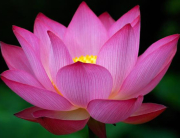
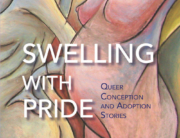

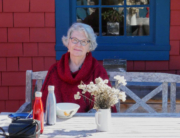

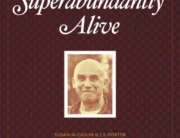
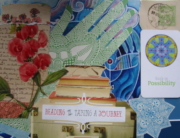
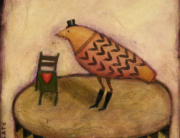


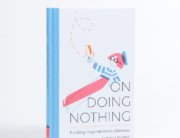
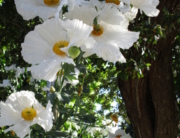

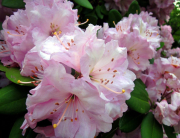
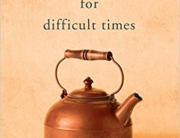
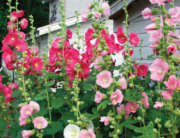
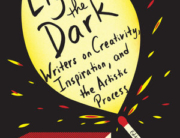
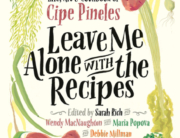
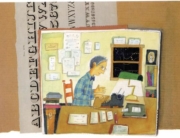


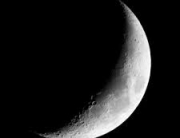

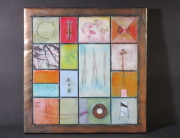
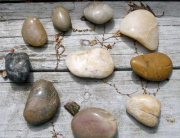


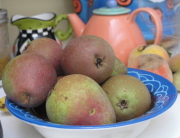
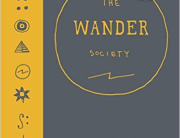
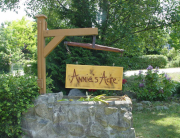

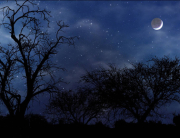
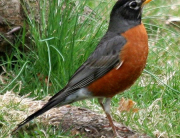
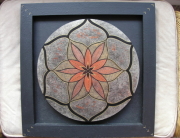
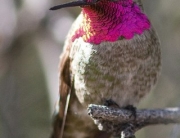
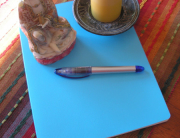


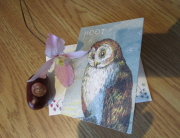
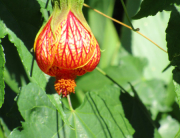

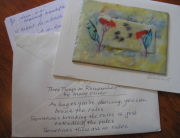
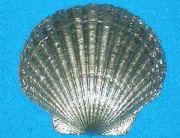
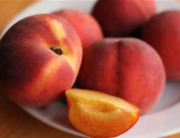
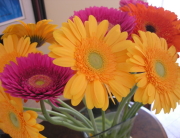
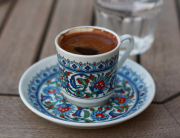
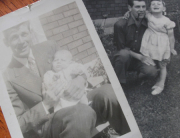
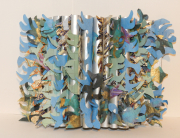


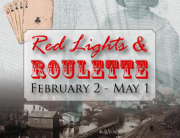
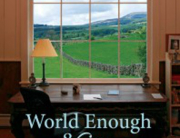
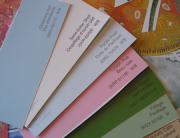
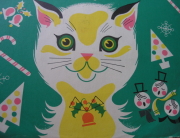

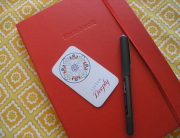
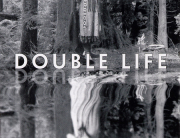

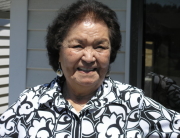
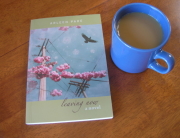

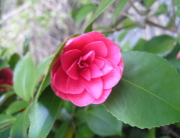

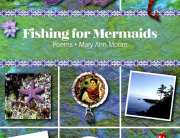
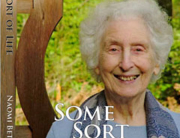

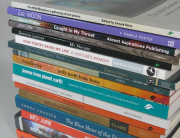

I am so happy to see that I am not the only adult that has kept some of their childhood books. Thank you for sharing this one with us.
Cheers,
Katherine
Thank you for sharing this, Mary Ann. I didn’t know anything about the author and that, too, was
fascinating.
Marlene
What a touching story. Your grandchildren are so blessed to have a grandmother who can share with them such significant life events through her stories and simple gifts of the heart. I am sure they will appreciate them even more when they are older. Beautiful!